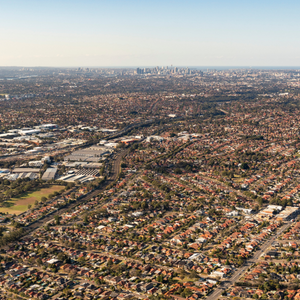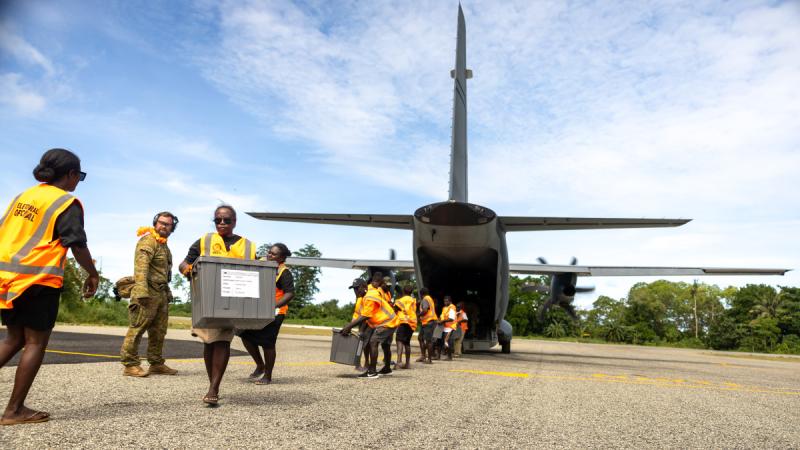Sustainable Population Australia
On the eve of the International Day of Peace, Sustainable Population Australia (SPA) says that there can be little hope of peace in regions of rapid population growth unless accompanied by productivity growth and strong institutions.
According to SPA, numerous scientific papers have linked conflict to resource scarcity, with population growth being one of the major causes of scarcity such as fresh water and arable land. Scarcity often triggers armed conflict, particularly in developing countries.
For instance, a paper by Markus Brückner looked at 37 Sub-Saharan countries over the period 1981–2004 and found that a five per cent increase in population size raises the risk of civil conflict by around six percentage points.
SPA National President Ms Jenny Goldie says for over two decades, Canadian political scientist Thomas Homer-Dixon has pointed out that rapid population growth and the resulting pressure on increasingly scarce resources is leading directly to violent upheaval and political conflict throughout the world.
“Developing countries often bear the brunt of rapid population growth,” says Ms Goldie. “Such countries with young people making up around 35 per cent of population are more prone to conflict than countries where youth make up only half that amount.
“Failure to integrate youth into the labour market may increase the risk of political violence,” says Ms Goldie.
“We are increasingly being warned of climate wars, but we need to look beyond climate to the underlying causes of rapid population growth and resource scarcity. Take the threatened ‘water wars’ between Egypt, Ethiopia and Sudan where increasing drought is blamed on tensions between the three countries.
“Ethiopia is building a massive dam on the Blue Nile to provide electric power for its largely poor citizens. This reduces water downstream in Sudan and Egypt, threatening livelihoods of farmers, particularly in Egypt.
“All three countries, however, have large populations: Egypt 104 million, Ethiopia 118 m and Sudan 45 m. All have population growth rates over 2 per cent with population doubling times of 35, 27 and 30 years respectively.
“These countries are at risk of war over a resource, namely, water from a major river. Had their populations not blown out, there may well have been enough water to go around even if climate diminishes supply over time.”
Ms Goldie says that, if we aspire to a more peaceful planet, we must provide access to access to all methods of fertility control to whomever wants it and ensure equal opportunity and education for women and girls. These initiatives will do much to reduce population growth and all the negative consequences that stem from it.








